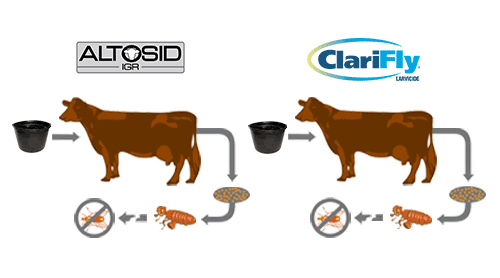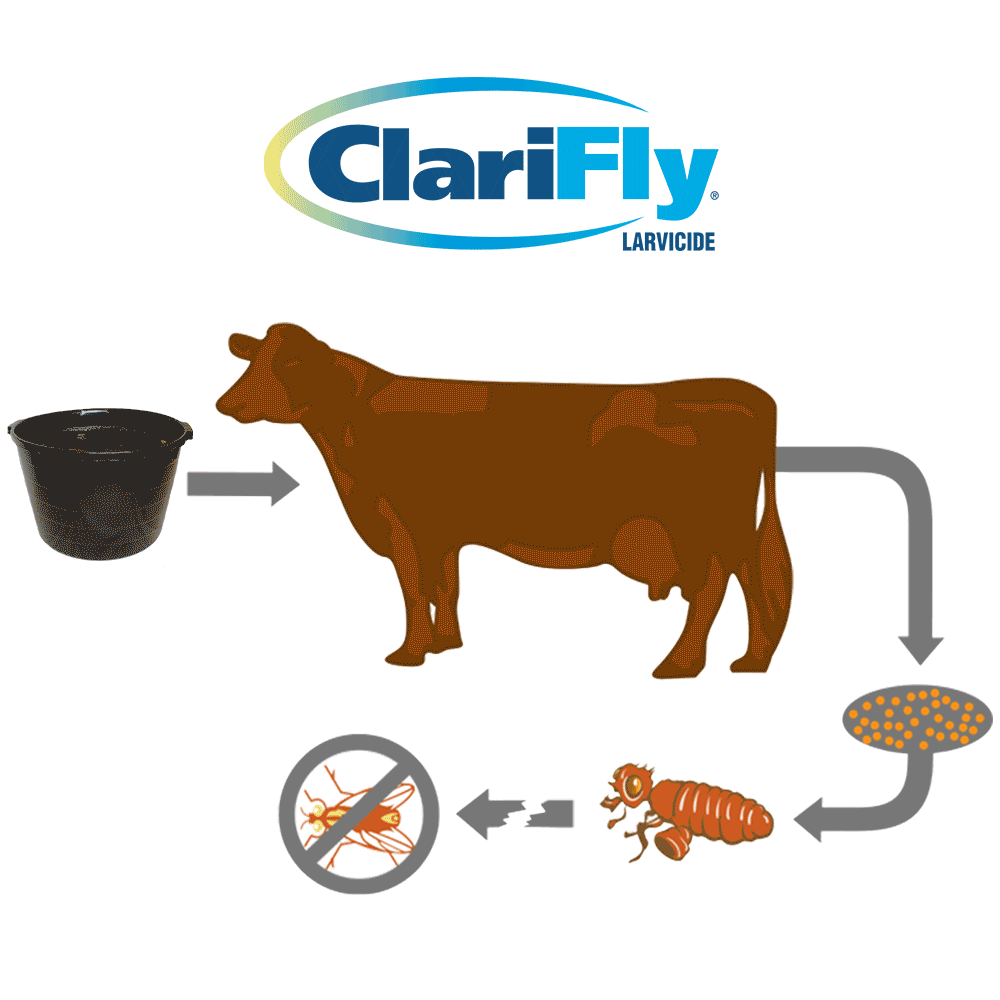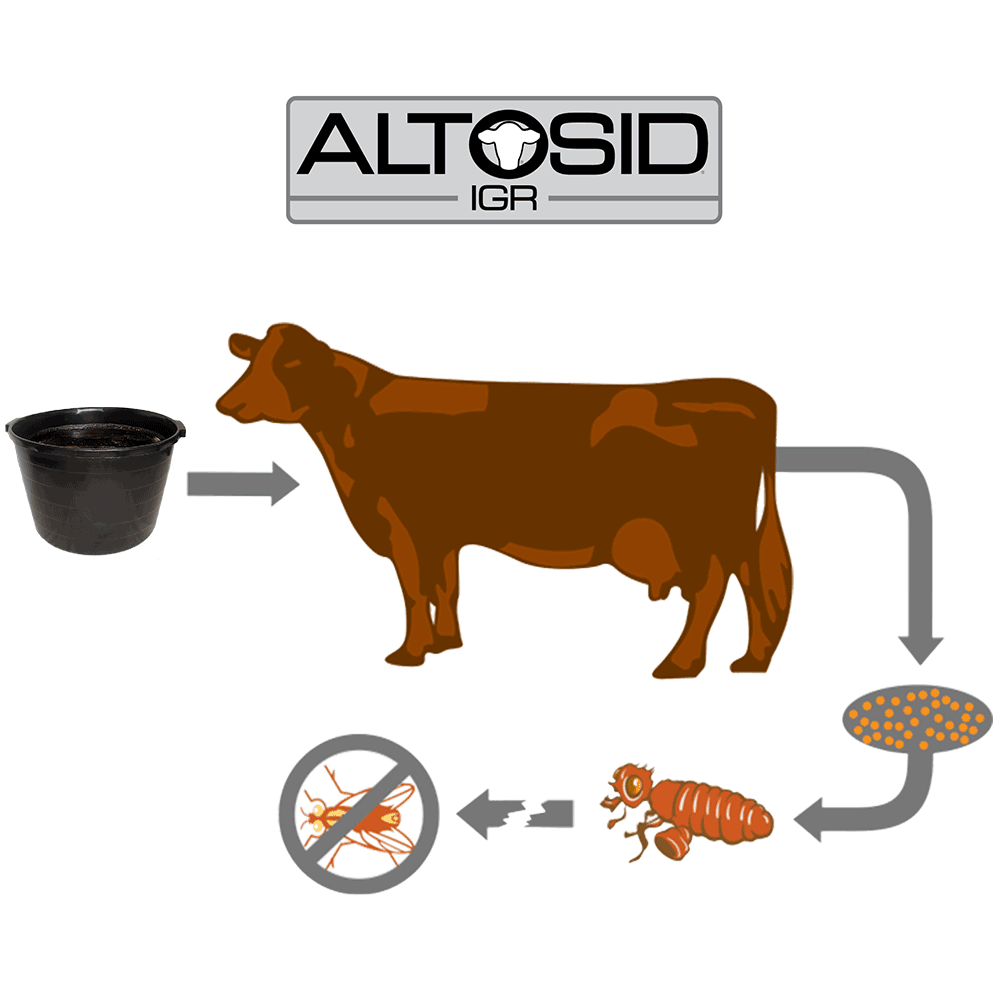
Fly Identification
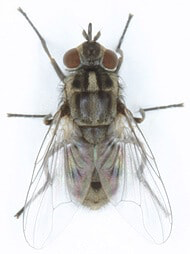
Stable Fly
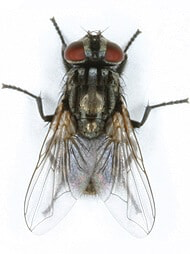
Face Fly
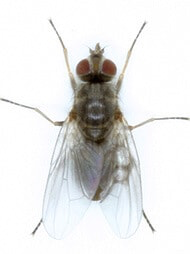
Horn Fly
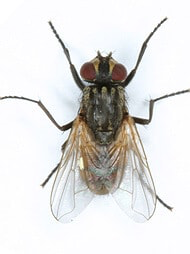
House Fly
How Feed-Through Products Work
Conventional pesticides attack the nervous systems of flies. A feed through, such as Altosid® IGR or ClariFly® Larvicide, work by interrupting the fly’s life cycle rather than through direct toxicity. For best results, add feed-through products to your feed supplement 30 days before fly emergence (typically when average daily temperatures reach 65 degrees) and continued throughout the season until 30 days after the first frost.
Altosid® IGR is ingested with the cattle’s mineral or feed. As they graze, cattle disperse the IGR via their manure, where female flies lay their eggs. The eggs hatch into larvae, and after three to five days they molt into pupae. At this point, however, the active ingredient in Altosid® IGR disrupts the development of the fly by naturally mimicking the biochemicals that are responsible for insect development. The fly life cycle is effectively ended here.
ClariFly® Larvicide is mixed into feed or feed supplements, and then is ingested as part of the animals’ daily intake. It then passes through the animals’ digestive systems and ends up in their manure, where flies lay eggs. The mode of action in the active ingredient prevents house flies, stable flies, face flies, and horn flies from developing into adults, interrupting the life cycle.
*ClariFly® Larvicide is approved for Dairy, Swine, Equine, Beef-Feedlot, Beef-Pasture, Sheep and Goats.

